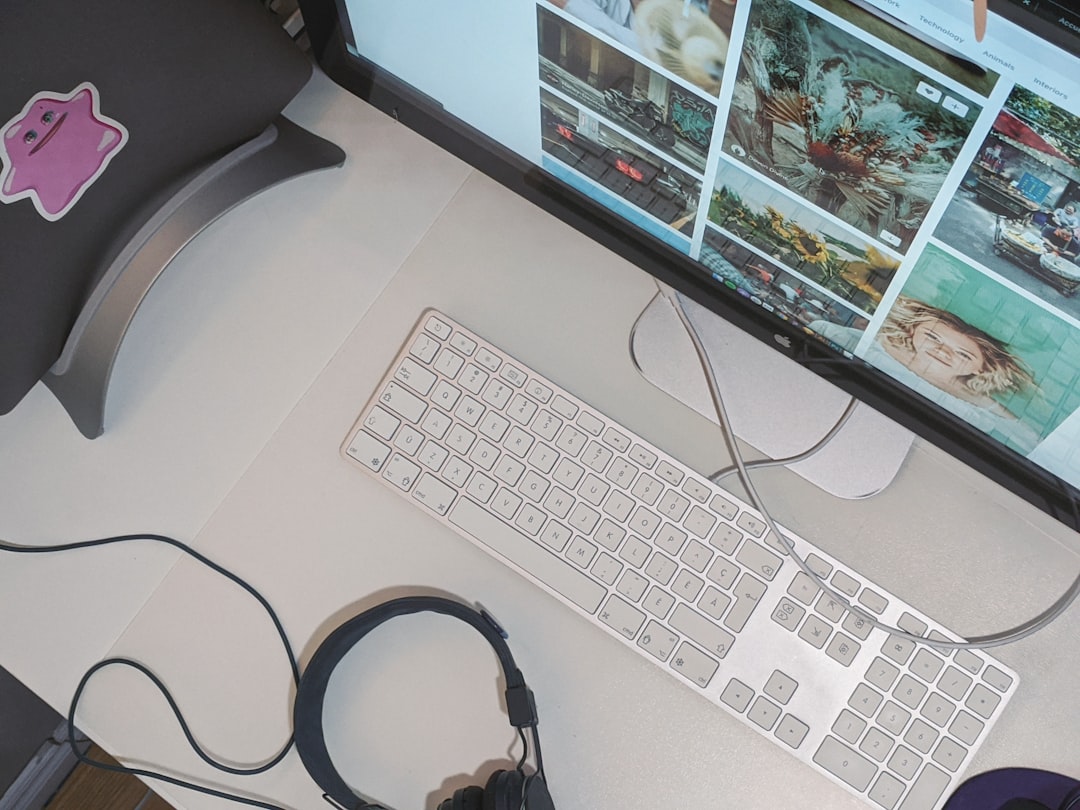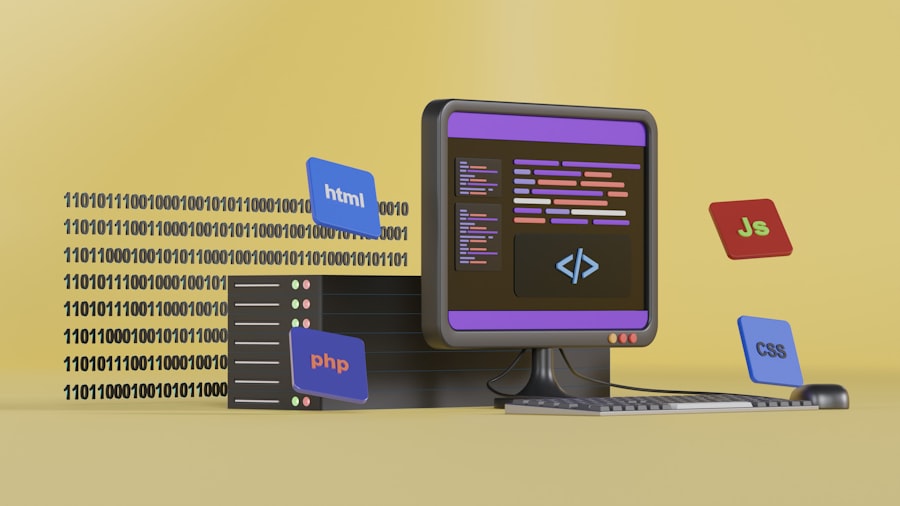Tables are a fundamental component of web design, serving as a structured way to present data in a clear and organized manner. In the realm of HTML, tables allow developers to display information in rows and columns, making it easier for users to digest complex datasets. Whether it’s for displaying product information, schedules, or statistical data, tables provide a visual framework that enhances the user experience.
The ability to create tables in HTML is essential for web developers, as it not only improves the presentation of data but also contributes to the overall functionality of a website. The significance of tables extends beyond mere aesthetics; they play a crucial role in data organization and accessibility. With the right structure and styling, tables can transform raw data into meaningful insights.
As web technologies evolve, so do the methods for creating and styling tables. Understanding how to build effective tables in HTML is vital for anyone looking to create user-friendly web applications. This article will delve into the intricacies of HTML tables, covering their basic structure, content addition, formatting with CSS, responsiveness, design enhancements, and best practices for accessibility.
Key Takeaways
- Building tables in HTML is a fundamental skill for web developers and designers.
- The basic structure of an HTML table includes
,
, and elements. - Content can be added to an HTML table using the
and elements for headers and data cells. - CSS can be used to format and style HTML tables, including borders, colors, and alignment.
- Creating responsive tables involves using media queries and flexible units to ensure tables display well on different devices.
Basic Structure of an HTML Table
The foundation of an HTML table is built upon a series of specific tags that define its structure. The `
` tag serves as the container for the entire table, while the `
` tag is used to create rows within that table. Each row can contain one or more cells, which are defined by the ` ` tag for standard data cells and the ` ` tag for header cells. The use of header cells is particularly important as they provide context to the data presented in the table, allowing users to understand what each column represents. For example, a simple table displaying a list of fruits might look like this: “`html
Fruit Color Quantity Apple Red 10 Banana Yellow 5 “` In this example, the first row contains header cells that label each column, while subsequent rows contain data cells that provide specific information about each fruit. This basic structure can be expanded with additional rows and columns as needed, allowing for a flexible representation of data.
Adding Content to an HTML Table

Once the basic structure of an HTML table is established, the next step involves populating it with content. This can include text, images, links, or even multimedia elements. The `
` tag is versatile and can accommodate various types of content. For instance, if you want to include images alongside text in your table, you can easily do so by placing an `
` tag within a `
` cell. Consider a scenario where you want to enhance the fruit table by adding images of each fruit: “`html Fruit Color Quantity Image Apple Red 10 
Banana Yellow 5 
“` In this enhanced version of the table, an additional column has been added to display images of the fruits. This not only makes the table more visually appealing but also provides users with a better understanding of the items listed.
When adding content to tables, it’s essential to consider how the information will be consumed by users and to ensure that it is presented in a clear and engaging manner.
Formatting an HTML Table with CSS
While HTML provides the structural framework for tables, CSS (Cascading Style Sheets) is essential for enhancing their visual appeal. By applying CSS styles, developers can control various aspects of table presentation, including borders, padding, background colors, and text alignment. For instance, adding borders to a table can help delineate different sections of data, making it easier for users to read.
Here’s an example of how CSS can be applied to format the previously created fruit table: “`html
Fruit Color Quantity Image Apple Red 10 
Banana Yellow 5 
“` In this example, CSS styles are applied directly within a `
Fruit Color Quantity Image Apple Red 10 
Banana Yellow 5 
``` In this example, the `.table-responsive` class allows horizontal scrolling when the screen size is too small to display the entire table at once. This ensures that users can still access all data without compromising on usability.
Additionally, setting a minimum width for the table helps maintain its structure on larger screens while allowing flexibility on smaller devices.
Adding Styling and Design to Tables

Beyond basic formatting and responsiveness, adding unique styling and design elements can significantly enhance the visual appeal of tables. This includes using colors, fonts, hover effects, and even animations to create an engaging user experience. For instance, changing the background color of rows on hover can provide visual feedback that improves interactivity.
Here’s an example that incorporates hover effects and custom fonts: ```html
Fruit Color Quantity Image Apple Red 10 
Banana Yellow 5 
``` In this design example, the header row features a distinct green background with white text for contrast. The hover effect applied to rows enhances user interaction by providing immediate visual feedback when users move their cursor over different entries.
Accessibility and Best Practices for HTML Tables
Creating accessible tables is paramount in ensuring that all users can effectively interact with data presented on a website. This includes individuals using screen readers or those with visual impairments who rely on assistive technologies to navigate web content. To enhance accessibility in HTML tables, developers should adhere to several best practices.
One key practice is to use semantic HTML elements appropriately. For instance, using `
` tags for headers not only provides visual cues but also conveys structural meaning to assistive technologies. Additionally, including `scope` attributes in header cells can further clarify their relationship with corresponding data cells: ```html Fruit Color Quantity Image ``` Another important aspect is ensuring that tables are not overly complex or nested unnecessarily.
Simple tables with clear headers and straightforward data are easier for all users to understand. Furthermore, providing captions using the `
` tag can offer context about what information is contained within the table: ```html ``` By following these best practices and prioritizing accessibility in table design, developers can create inclusive web experiences that cater to diverse user needs.
Tips for Building Effective Tables in HTML
When building effective tables in HTML, several key considerations should guide developers throughout the process. First and foremost is maintaining a clear structure using appropriate tags such as `
`, `
`, ` `, and ` ` to ensure semantic meaning is preserved. This foundational step sets the stage for both usability and accessibility. Next, incorporating CSS for styling enhances not only aesthetics but also functionality. Responsive design techniques should be employed to ensure that tables adapt seamlessly across devices without sacrificing readability or usability. Additionally, thoughtful design choices—such as hover effects and color contrasts—can significantly improve user engagement.
Finally, prioritizing accessibility through semantic markup and simplicity will ensure that all users can interact with data effectively. By adhering to these principles and continuously refining their approach based on user feedback and best practices, developers can create tables that are not only functional but also visually appealing and inclusive.
If you are interested in understanding the role of technology in today's society, you may want to check out this article on sociological concepts. This article delves into the various aspects of society, including status, role, groups, culture, socialization, structure, function, social control, and change. Understanding these concepts can provide valuable insights into how technology interacts with and shapes our social structures.
FAQs
What is HTML?
HTML stands for HyperText Markup Language, which is the standard language for creating web pages and web applications.
What are the basic elements of an HTML table?
The basic elements of an HTML table include the
tag to define the table itself, the
tag to define a row, and the tag to define a data cell. How do you create a table in HTML?
To create a table in HTML, you use the
tag to define the table, the
tag to define each row, and the tag to define each cell within the rows. What are the attributes of the
tag?
Some common attributes of the
tag include "border" to specify the border width, "width" to specify the width of the table, and "cellpadding" and "cellspacing" to specify the padding and spacing within the cells.
How do you format a table in HTML?
You can format a table in HTML using CSS to style the table, including setting the font, color, alignment, and borders of the table and its cells.
What are some best practices for building tables in HTML?
Some best practices for building tables in HTML include using semantic HTML tags, keeping the structure simple and easy to understand, and using CSS for styling and layout instead of relying on HTML attributes.
You May Also Like:
- Content can be added to an HTML table using the

























+ There are no comments
Add yours